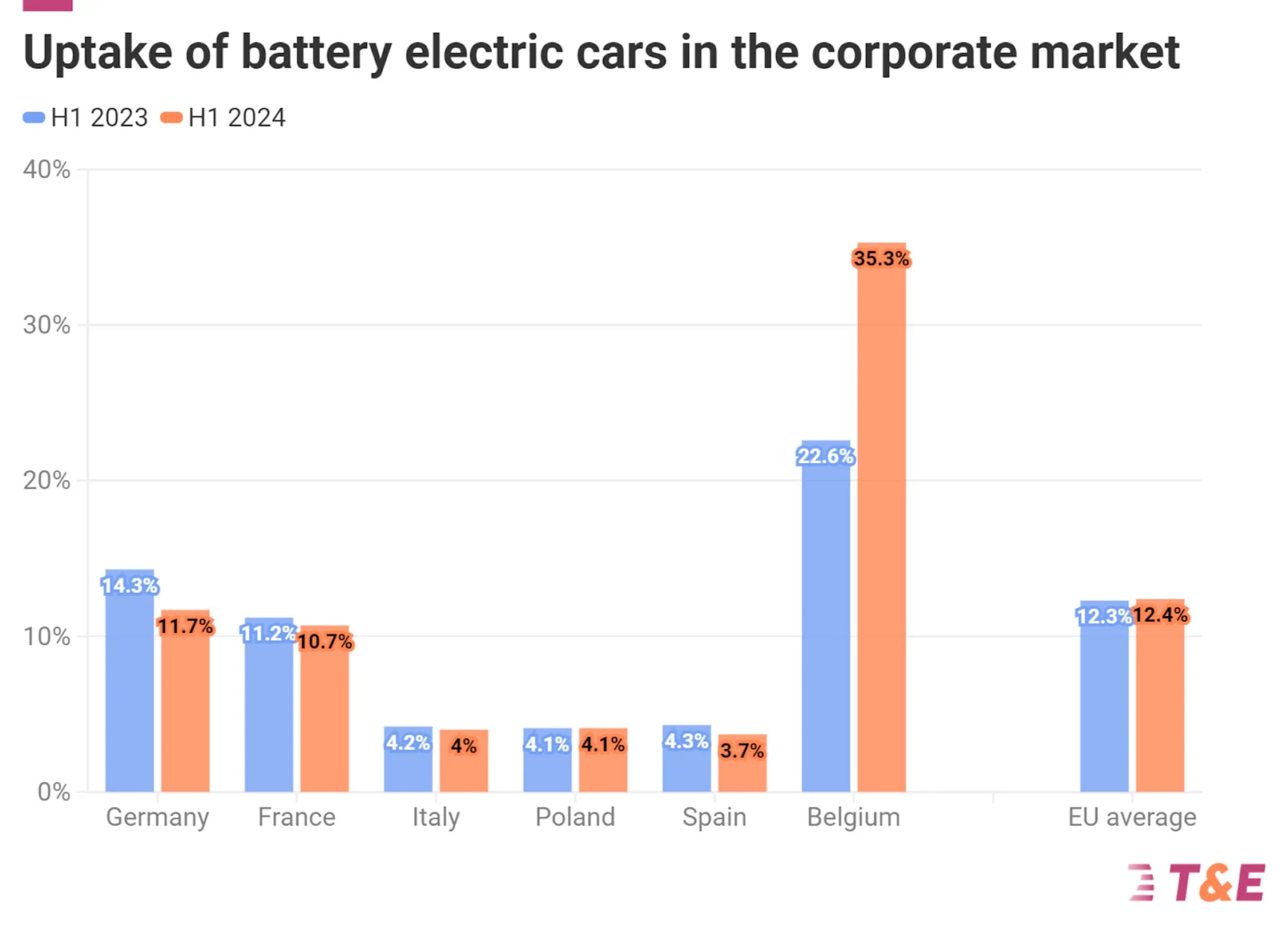
The European Parliament passed groundbreaking legislation [last] month which, for the first time, sets environmental protections throughout the entire life cycle of batteries — including the sourcing of raw materials, production and recycling. EU Environment Ministers are expected to rubberstamp it in July. But even then the legislative battle will not be over: implementing rules still need to be worked out and, already, green groups have cause for concern.
The law means that battery manufacturers which want to sell in Europe will have to report the product’s entire carbon footprint, from mining to production to recycling, as early as July 2024. That data will then be used to set a maximum CO2 limit for batteries to apply from the end of 2027, ensuring that companies make them using clean energy instead of fossil fuels.
T&E said that while batteries are already far more sustainable than burning oil in our cars, they will soon have to be even better. “New rules on carbon footprint, recycling and due diligence checks, provided they are properly implemented, will mean batteries sold in Europe will set the standard for the rest of the world,” said Alex Keynes, clean vehicles manager at T&E. “The next step is to put in place measures to bring to market smaller and affordable electric vehicles that use even less materials.”
Companies selling batteries in the EU will also have to comply with rules designed to prevent environmental, human rights and labour abuses in their supply chains. The law will require battery-makers to identify, prevent and address a wide range of issues, spanning water pollution to community rights.
New EU recycling targets will extend the climate advantage of batteries over fossil fuels even further: from 2027 battery-makers will need to recover 90% of nickel and cobalt used, rising to 95% in 2031. They would also need to recover 50% of lithium used in 2027, rising to 80% in 2031.
The devil is in the detail
But the effectiveness of the EU Batteries Regulation will, in practice, depend on the implementing rules that are to be agreed next. Draft new carbon footprint rules – currently being discussed – could allow greenwashing whereby battery producers would only need to disclose ‘guarantees of origin’ to prove that their energy is renewable.
That could lead to a situation where a battery manufacturer in, for example, Poland could power its gigafactory off the local grid in December but – by buying cheap guarantees of origin certificates – claim that solar electricity generated in Spain in July should count towards its batteries’ carbon footprint.
That could also disincentivise frontrunner battery-makers which are investing in their own electricity generation or in new renewable power under long-term purchase agreements. T&E and its German member Deutsche Umwelthilfe are calling for stricter rules to incentivise the use of Power Purchase Agreements.
The draft carbon footprint rules could also perversely incentivise bigger, heavier vehicles with higher energy consumption. As it stands, the EU Commission proposes to use the energy provided over the service life of the vehicle based on the battery durability and energy consumption of the vehicle. There is a risk that this methodology will incentivise the production of larger batteries and high energy consuming vehicles, which would award them a lower carbon footprint.
T&E said that not only is this at odds with the aims of the Battery Regulation, but it will also undermine and confuse the performance classification and maximum thresholds for the battery carbon footprint: a battery could have a better carbon footprint performance class just because the vehicle it is used in has a higher energy consumption per km.
The rules are due to be finalised by the end of 2023 and adopted early next year. But their effectiveness towards achieving the law’s original aims hangs in the balance.
Courtesy of Transport & Environment.
I don’t like paywalls. You don’t like paywalls. Who likes paywalls? Here at CleanTechnica, we implemented a limited paywall for a while, but it always felt wrong — and it was always tough to decide what we should put behind there. In theory, your most exclusive and best content goes behind a paywall. But then fewer people read it! We just don’t like paywalls, and so we’ve decided to ditch ours. Unfortunately, the media business is still a tough, cut-throat business with tiny margins. It’s a never-ending Olympic challenge to stay above water or even perhaps — gasp — grow. So …



